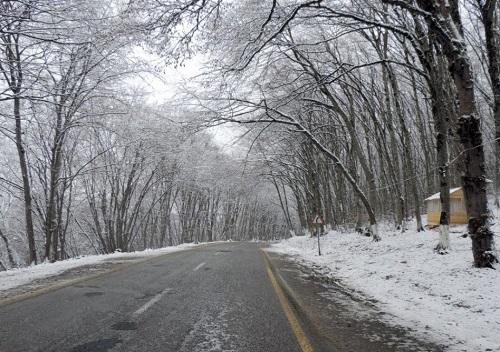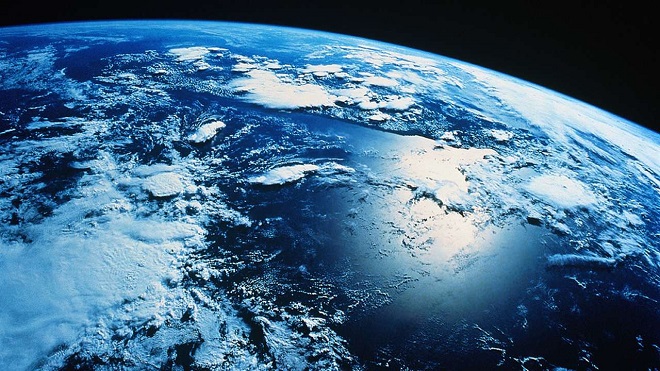A group of scientists claim to have discovered new evidence supporting their theory that complex life on Earth may have originated 1.5 billion years earlier than previously thought.
Axar.az reports citing BBC that the team, conducting research in Gabon, found evidence within rocks indicating environmental conditions suitable for animal life 2.1 billion years ago. However, they suggest these organisms were confined to an inland sea, failed to spread globally, and eventually became extinct.
This theory deviates significantly from conventional thinking, and not all scientists agree. Most experts believe animal life began around 635 million years ago. The research contributes to an ongoing debate about the nature of unexplained formations found in Franceville, Gabon, and whether they are actually fossils. The scientists analyzed the surrounding rock to determine if it contained nutrients such as oxygen and phosphorus that could have supported life.
Professor Ernest Chi Fru from Cardiff University, who worked with an international team of scientists, explained that if his theory is correct, these life forms would have resembled slime mold - a single-celled organism that reproduces with spores. However, Professor Graham Shields from University College London, who was not involved in the research, expressed reservations. "I'm not opposed to the idea that there were higher nutrients 2.1 billion years ago, but I'm not convinced that this could lead to the diversification of complex life," he said, suggesting that more evidence is needed.
Professor Chi Fru argued that his work helps prove ideas about the processes that create life on Earth. "We're saying, look, there's fossils here, there's oxygen, it's stimulated the appearance of the first complex living organisms," he said. "We see the same process as in the Cambrian period, 635 million years ago - it helps back that up. It helps us understand ultimately where we have all come from." The initial hint that complex life could have begun earlier than previously thought emerged about 10 years ago with the discovery of the Francevillian formation.
Professor Chi Fru and his colleagues claimed that the formation consisted of fossils indicating evidence of life that could "wiggle" and move of its own accord. However, not all scientists accepted these findings.
To gather more evidence for their theories, Professor Chi Fru and his team analyzed sediment cores drilled from the rock in Gabon. The rock's chemistry revealed evidence of a "laboratory" for life created just before the formation appeared. They believe that high levels of oxygen and phosphorus were produced by the collision of two continental plates underwater, resulting in volcanic activity. The collision cut off a section of water from the oceans, creating a "nutrient-rich shallow marine inland sea." Professor Chi Fru suggests that this protected environment had the conditions to allow photosynthesis, leading to significant amounts of oxygen in the water. "This would have provided sufficient energy to promote increases in body size and greater complex behavior observed in primitive, simple animal-like life forms such as those found in the fossils from this period," he said. However, he notes that the isolated environment also led to the demise of the life forms due to a lack of new nutrients to sustain a food supply.
PhD student Elias Rugen from the Natural History Museum, who was not involved in the research, agreed with some of the findings, stating that it's clear that "oceanic carbon, nitrogen, iron, and phosphorus cycles were all doing something a little bit unprecedented at this point in Earth's history." "There's nothing to say that complex biological life couldn't have emerged and thrived as far back as 2 billion years ago," he said but added that more evidence is needed to support the theories.












.jpg)































